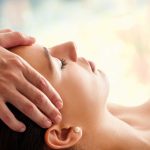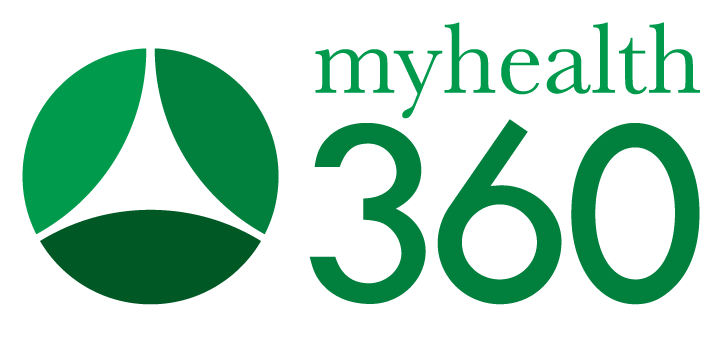
How to balance sun protection with need for Vitamin D
How to balance sun protection with need for Vitamin D
So many locals go “down-the-shore” each summer weekend and soak up the sun. We love looking tan and healthy and love being on the beach and in the water. We need to follow some basic principles to keep our sun worship safe.
All sun exposure can be damaging. Thymine dimers are created in the dermis from UVB rays (those that tan and burn and convert inactive to active Vitamin D). This can lead to skin cancer. UVA rays prematurely age the skin but don’t cause disease. Even when we try to “cover up,” we can be exposed to damaging rays reflected from the water or sand – so that umbrella isn’t complete protection.
It is widely accepted that 20 minutes of sun exposure without any skin protection is safe, but burning can soon follow. It is healthier to cover up with light clothing and hats than to use sunscreen, but, for many that is impractical or just not fun.
Titanium dioxide and zinc oxide are the safest as they block both UVA and UVB rays, but many fashionistas won’t use them as they make your skin white and streaky. If micronized, they go on smoother and invisibly, but the particles get absorbed by the blood stream and that can be unsafe.
Non-organic chemical sunscreens can be quite toxic. SPF chemicals are nano-particles that get absorbed into the bloodstream and can disrupt hormone balance or cause cancer. Beware of the benzones and other benzene derivatives: octocrylene, homosalate, cinoxate and others. These block UVB rays but only if reapplied generously and with likely greater frequency than most follow. The sprays are silly as more than 70% of the spray never hits your body – it just blows away in the wind. It is important to avoid Vitamin A derivatives (retinal, retinol, retinyl palmitate) as they become unstable in the sun and can be harmful.
So many people are Vitamin D insufficient or deficient as we are in the sun only for three of the 12 months per year – so it’s nearly impossible to maintain optimal Vitamin D levels from the sun alone. Those who have more dark complexions are interestingly at greater risk. Food does have some Vitamin D, but only in small amounts. Oral supplementation is seemingly essential and in quantities much higher than those with which most doctors feel comfortable. Optimal serum levels are 70-90, in the high-NORMAL range. 100 is the highest normal level … but for some reason, clinicians get spooked with high-normal levels, thinking that their patients will be toxic. It usually takes between 5000 and 10,000 IUs (international units) to maintain an optimal level. Levels below 40 ought to be more aggressively supplemented.
So have fun in the sun and be safe. A burn can ruin any vacation!












